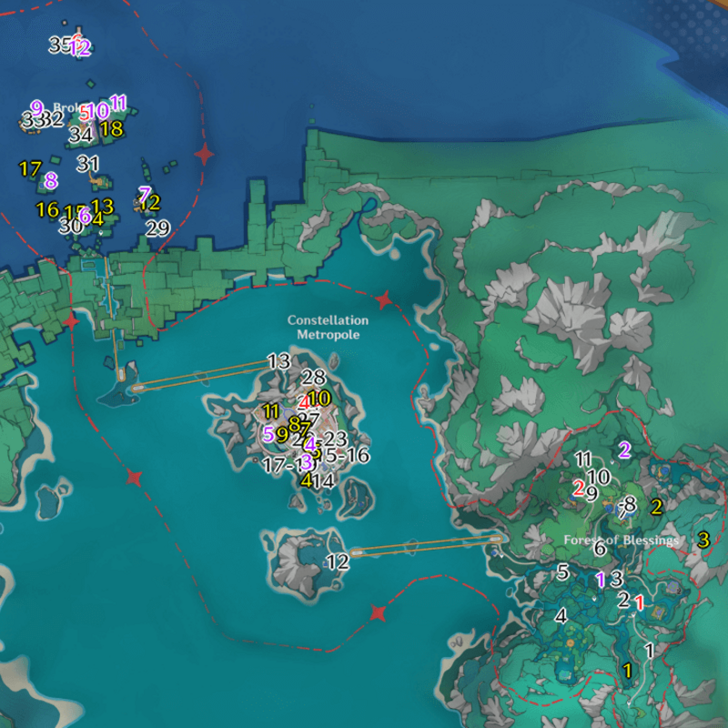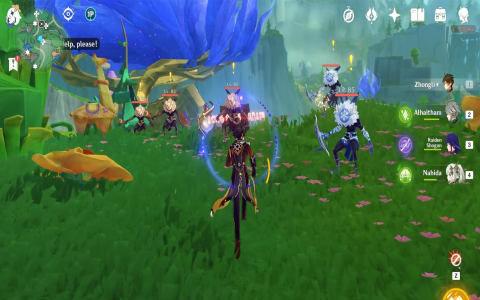Okay, so yesterday I was messing around with Simulink, trying to get it to do something kinda cool. The problem I was tackling? Figuring out where else in my model I could find berries – yeah, “berries,” think of it as a placeholder for some important data signal. The idea was to trace this signal, see where it went, and maybe optimize some stuff.

First things first, I opened up my Simulink model. This thing is massive, like a plate of spaghetti, so just finding the signal I wanted was the initial challenge. I used the Simulink search feature (Ctrl+F, you know the drill) and typed in “berries”. Bingo! Found the block that generated this “berries” signal.
Next, I needed to see where this signal was going. I clicked on the output port of the “berries” block. A little arrow popped up, showing the connections. Cool! It was going to a couple of different places. But to really understand the flow, I decided to use the “Highlight Signal Source” feature. Right-click on the signal line, and there it is. This highlighted all the blocks directly connected to my “berries” signal. Not bad, but still a lot of visual clutter.
Things started to get interesting when I realized some of the highlighted blocks were subsystems. I dug into those subsystems, one by one, to see where the “berries” signal was being used inside. This is where it got tedious, but also kinda fun, like a digital scavenger hunt. I kept drilling down, following the signal, until I hit dead ends – blocks that didn’t output anything related to my search.
To make things a bit easier on myself, I started using signal names more strategically. I renamed the “berries” signal to something more descriptive, like “BerryInput”. This made it easier to spot the signal in the scopes and displays I had scattered around the model. Plus, it helped me avoid confusing it with other, similar signals.
One tricky thing I ran into was the use of buses. The “berries” signal got bundled into a bus at one point, and then split back out later. This made tracing the signal a bit more difficult, because the “Highlight Signal Source” feature couldn’t follow the signal through the bus. To get around this, I had to manually check the bus creator and selector blocks to see where the “berries” signal was being routed.

After a few hours of this, I finally mapped out the entire path of the “berries” signal. It was being used in several different control loops and fed into a display for monitoring. Knowing this, I could finally start to think about how to optimize the system. Maybe I could reduce the number of times the signal was being processed, or maybe I could find a more efficient way to generate it in the first place.
In the end, it was a pretty productive day. I learned a lot about my Simulink model, and I got a better understanding of how the “berries” signal was being used. It was kinda like weeding through a garden, pulling out the unnecessary stuff and letting the good stuff thrive. Now, time to actually make some changes and see if I can improve things!








